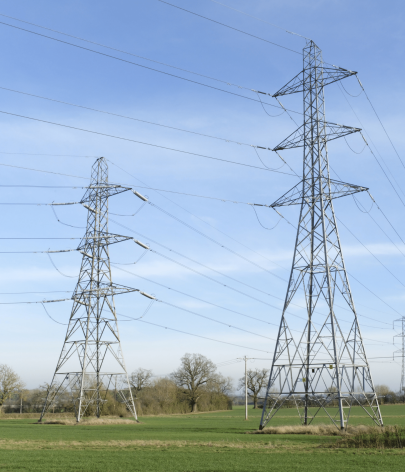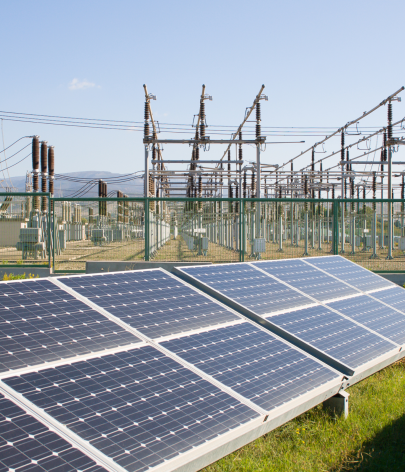About
This study is an insight on the United Kingdom’s coal phase out. It charts the UK’s journey out of coal and the transformation of the power system over the past decade. This study was presented at the webinar entitled “The UK’s Energy Transition and Lessons Learned for Korea’s Power Grid Reform” with the British Embassy in Seoul and NEXT Group, and includes the learnings from the UK experience which may benefit countries such as South Korea.
Introduction
Transformation of the UK's power system
Lessons learned from the UK’s journey to reach 100% clean power by 2035
Five takeaways from the UK's coal-to-clean story
In this chapter:
Since 2015, the UK’s National Grid Electricity Systems Operator has used a process called the Network Option Assessment (NOA) to set out which grid reinforcement projects should take place and when. The NOA is designed to ensure the UK grid is robust enough to deal with the future power system as demand increases and it transitions to renewables-based. NOA is a flexible system planning method carried out each year enabling the UK to modify and review its existing planning options and add new ones as necessary. The NOA process consists of four main stages: development of Future Energy Scenarios, development of the Electricity Ten Year Statement, investment proposals from Transmission Operators (TOs) and finally production of National Grid’s investment recommendations.
In the first stage, National Grid produces its annual Future Energy Scenarios (FES). FES modells the UK power sector to 2050 producing three scenarios that reflect different levels of decarbonisation ambition. The scenarios are not forecasts but are credible and possible pathways for the UK power system. The scenarios describe a range of power-sector indicators, including power demand, supply, electric vehicle penetration, carbon intensity etc.
In the second stage of NOA, National Grid produces its Electricity Ten Year Statement (ETYS). The ETYS uses the results of FES to model the transition system requirements of the UK across the next ten years.
In the third stage, the UK’s TOs propose options to meet the grid requirements set out in the ETYS.
Finally, the fourth stage of NOA sees National Grid assess the TOs proposals using a variety of economic analyses before setting out its selection of recommended grid investments. Although the NOA only provides guidance and National Grid makes no investment decisions of their own, it provides the UK with an effective way to plan and manage its energy system, ensuring the country meets future power demands sustainably.
The outlook going forward
The future of the UK's journey to clean power 2035
National Grid is preparing the UK’s grid to operate with zero carbon power from 2025. In order to ensure a reliable and secure power system based on clean power, in 2019 National Grid launched the Stability Pathfinder initiative. This project is designed to secure new sources of inertia. Through an auction process, qualified participants bid for the opportunity to offer the most cost-effective methods for securing system inertia. The initial auction secured 12.5 GVAs of inertia by 2026, providing savings of £52m to £128m. The third auction, completed in November 2022, secured 17 GWs of inertia, which is projected to save the National Grid £14.9bn from 2025 to 2035.
Historically, reactive power services have been provided by thermal power stations through the Obligatory Reactive Power Service (ORPS) system. Through the ORPS, all power plants over 47MW in are obliged to provide reactive power services. However, as more thermal power is replaced with variable renewable sources there are fewer power stations that can provide these services. As a result, National Grid is now focusing on securing reactive power services from dedicated local sources. The High Voltage Pathfinder project was established to pinpoint areas that may experience overvoltage problems. An auction held in 2019 helped the UK secure 200 MVar of reactors and 38 MVar of energy storage for reactive power absorption in the Mersey region. In March 2021, another auction was held to secure reactive power absorption in the Pennines region, securing a total of 700 MVar of reactive power absorption and expected to save £22.5m.
Supporting Material
Acknowledgements
Tom Harrison, Seungwan Kim, Eunsung Kim, Yonghyun Song, Yunsik Chung, Uni Lee, Chelsea Bruce-Lockhart, Sarah Brown, Matt Ewen, Ali Candlin
Header imageInspection engineers standing on top of a wind turbine.
Credit: Pand P Studio / Shutterstock






